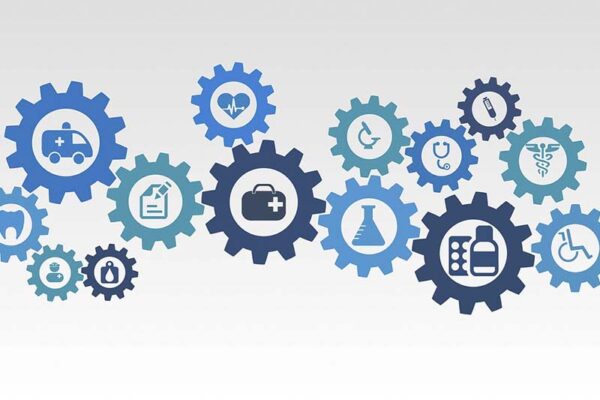The first data on the massive use of antibiotics in Europe is now available, which has the purpose of identifying the possible relationships between the consumption of these drugs and the development of resistance. The report presents data collected between 2011 and 2012 in Europe, and Iceland, Norway, Croatia and Switzerland. Unfortunately, Italy figures in the top positions, as regards the use of antimicrobials in both animals and humans. For now, the results have been interpreted with caution, since resistance is influenced by many factors, as confirmed by some conflicting data. In our country, for example, resistance to carbapenems is relatively high despite the moderate consumption of these antibiotics. It remains, however, the belief that the responsible use of antibiotics should be promoted both in human and veterinary use. This is also the goal outlined in the action plan of the World Health Organization after months of consultations with Member States, representatives of civil society, associations and industry and regulatory medicines agencies. The WHO report poses five objectives: awareness of the problem, continuous surveillance, increased prevention, limits to prescriptions, research and development of new medicines. The WHO has stressed that it is the subject of international character that impacts on the whole population, without geographical, political or economic boundaries, and concerns not only human health but also animals, moving from agriculture, food safety and impacting significantly on the sustainability of health systems. The basic principle is “access without excess”, to ensure the availability of this important class of drugs and avoiding misuse and unnecessary use and insisting primarily on the prevention of infections.
Resistance to antibiotics, Europe and the WHO identify objectives
Articolo precedente
First-class service at low cost, the WHO praises Singapore
Articolo successivo
Medical devices, new online database for the FDA



